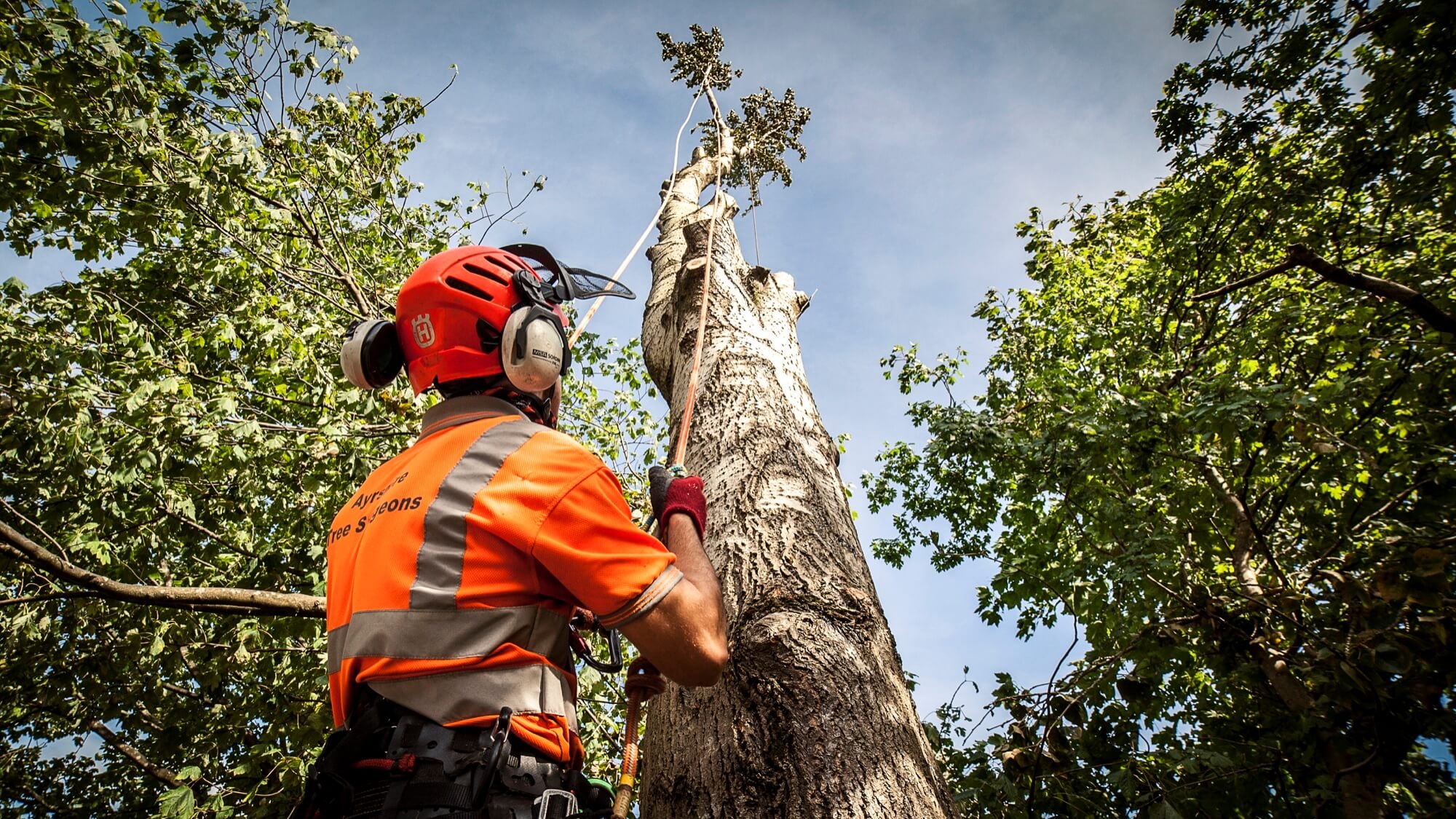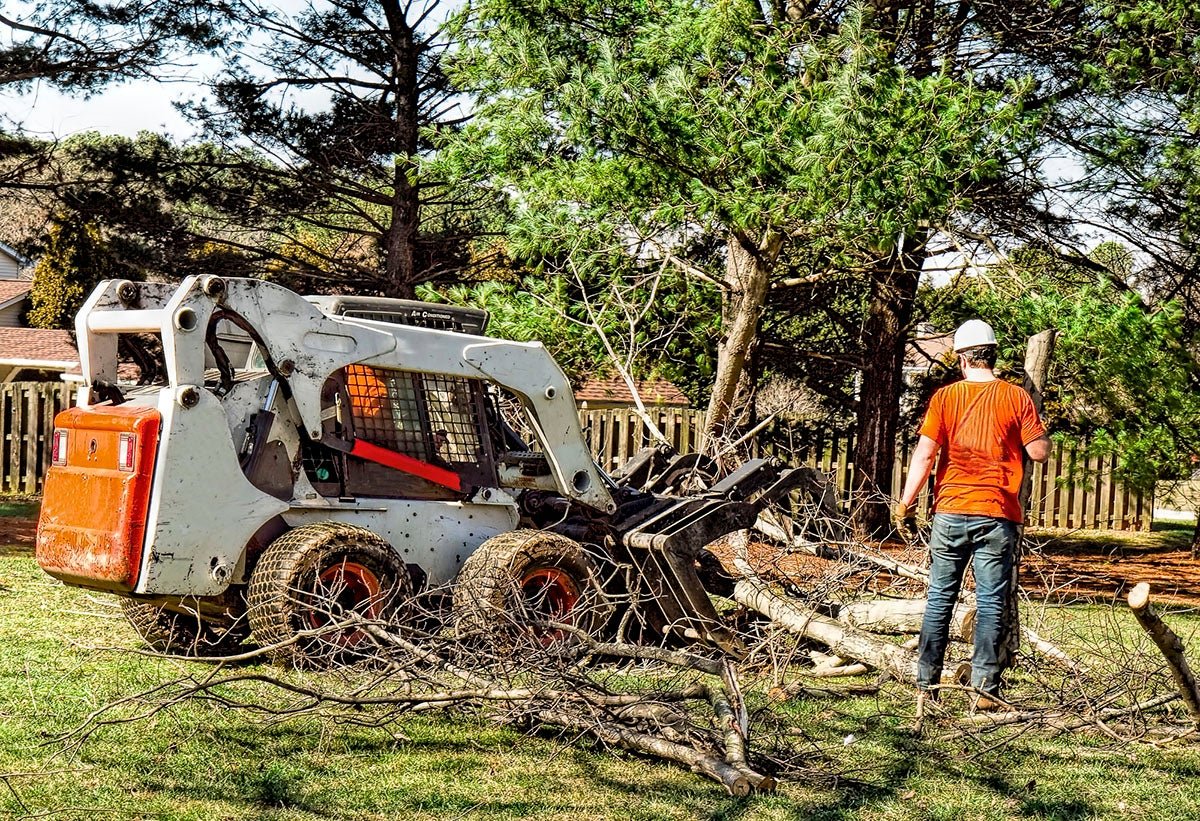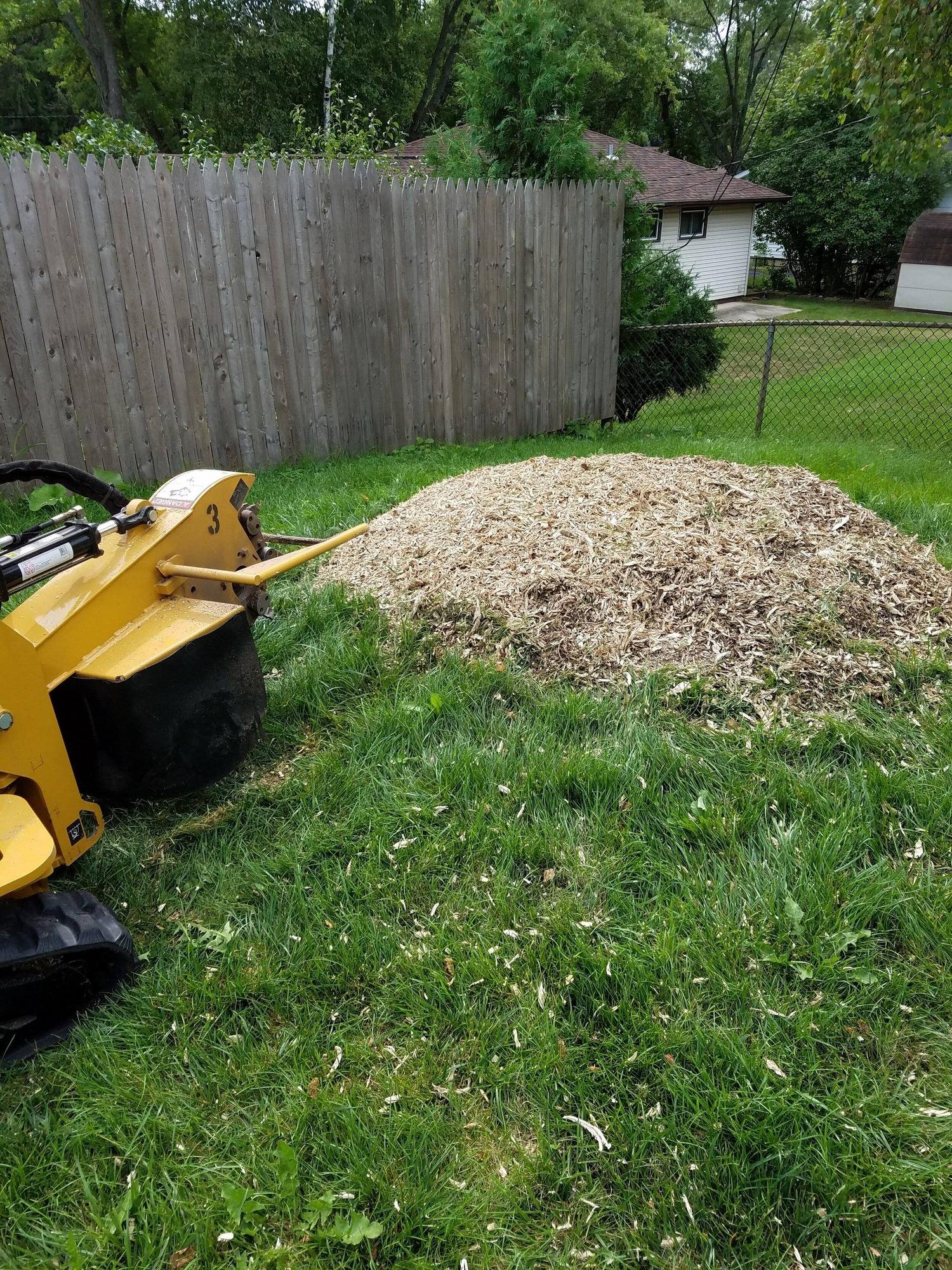Choosing a Tree Lopper
[ad_1]
There are a variety of brands of tree loppers to choose from. Choose one that is lightweight and easily maneuverable to reach branches in difficult places. You may also want to choose a model with interchangeable parts. However, be careful because some models aren’t compatible with other models. Besides weight, another important factor to consider is the size and bulk of the tool. Heavy, bulky tree loppers can cause strain to your arms, shoulders and back.
WOLF-Garten
This WOLF-Garten Tree Lopper is a versatile tool that can extend up to 157″ and is equipped with an Interlocken(r) handle. This click system allows the tool head to be easily connected to the handle without having to topple over a pole.
This professional grade tree lopper is made with a sliding anvil blade, making it easy to cut branches without any kickback. The 4:1 pulley ratio makes it easier to work on trees that are high. Its blades are made of non-stick material and resist rust and damage. The WOLF-Garten Tree Lopper is a must-have tool for professionals and home gardeners alike.
Corona
If you need to prune a tree in your garden, the Corona, Tree Lopper is just the tool you need. Its dual-link system and professional saw blades make pruning a breeze. It can extend up to 14 feet. It is also available with replacement parts. The brand also offers an extendable pole saw.
This lightweight pruner has a twelve-foot fiberglass pole and a comfortable non-slip grip. Its blade is made of non-stick coated cutlery steel. It also features a 15-inch conventional curved saw blade and a compound action pulley system. It can be purchased at your local home improvement store for about $130.
Tabor
The Tabor is a Tree Lopper with a branch cutter and a large anvil that allows you to make clean, easy cuts on branches up to 4 cm in diameter. The telescopic handle allows you to extend the reach of the lopper without having to climb a ladder. However, longer loppers tend to be heavier and can cause arm fatigue. The Tabor also has an ergonomic handle and a compound action anvil mechanism.
Tree loppers are available in a wide variety of styles and functions. You’ll want to choose a model that will best suit your needs. A good model should be durable and can be used in many different situations. If you’re planning to use your tree lopper in a lot of different settings, you’ll want to consider the weight of the device. The wrong weight can cause wrist, shoulder, and back strain.
Spear & Jackson
Spear & Jackson is a manufacturer of a number of tree loppers. The Razorsharp Advantage range combines precision cutting tools with powerful performance. Their telescopic tree pruners have a maximum reach of 238cm and include a bypass lopper for branches up to 30mm thick. They also feature a cord operated cutting tool that extends up to 2.3 metres.
Tree loppers are heavy-duty tools that are essential for cutting branches. There are a variety of types available, from basic manual models to compound action loppers. Choosing the right one for your needs can make all the difference in the world. The most important thing to remember is to find one that is suitable for your strength level.
Spear & Jackson Ratcheting Anvil
A ratcheting anvil for tree lopper is a great tool to have when pruning large trees. It is designed to cut through tough growth and branches, and its wide range of features make it ideal for a variety of uses. It is especially useful when cutting back large trees with dead wood.
This heavy-duty anvil lopper works well when chopping branches that are two inches or thicker. It is made with a carbon steel blade that is tempered for maximum durability. It also features shock-absorbing rubber handles. You can be sure that you will not slip while cutting thick branches.
The Spear & Jackson Ratcheting Anvl for Tree Lopper is equipped with a 10-year limited warranty. It is easy to replace the parts on this tool. It can be used for pruning hard wood and freeing plants from disease. It also provides outstanding cutting power.
[ad_2]




